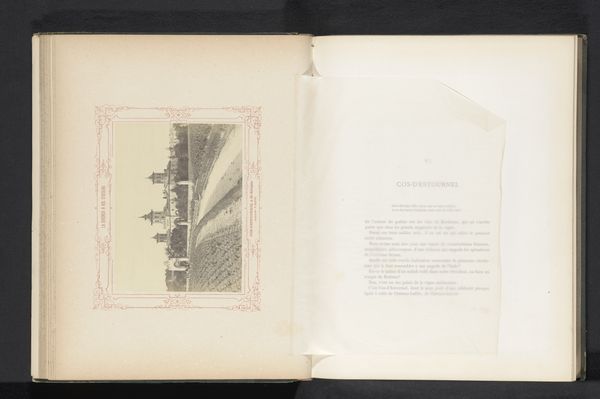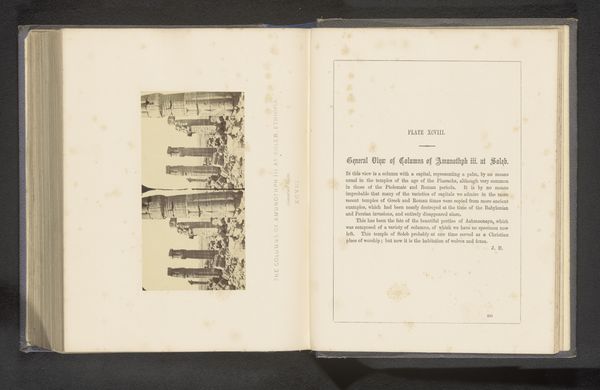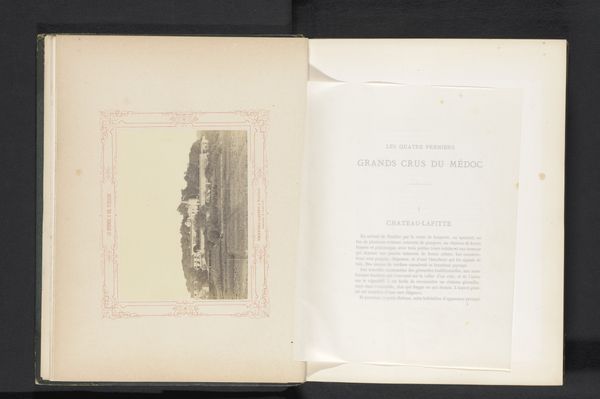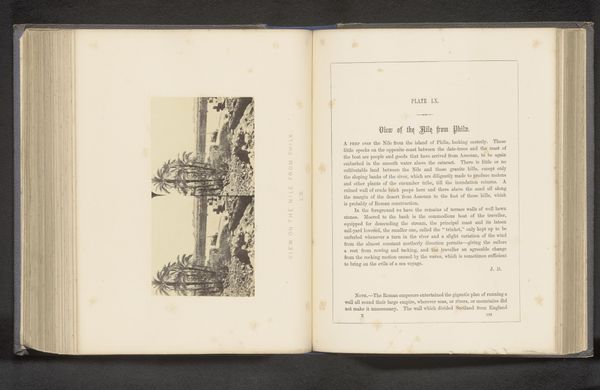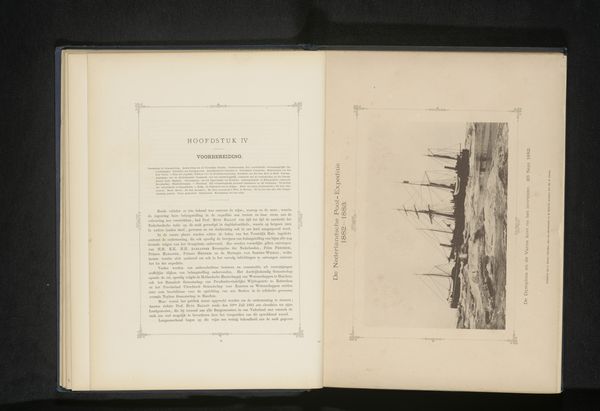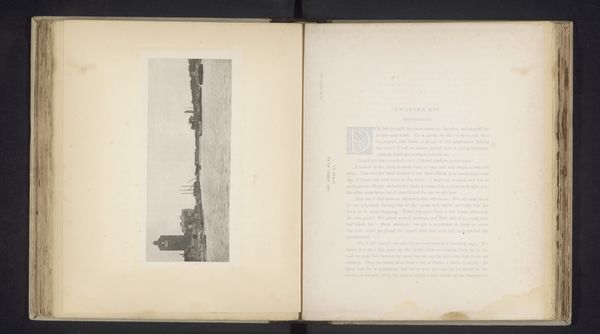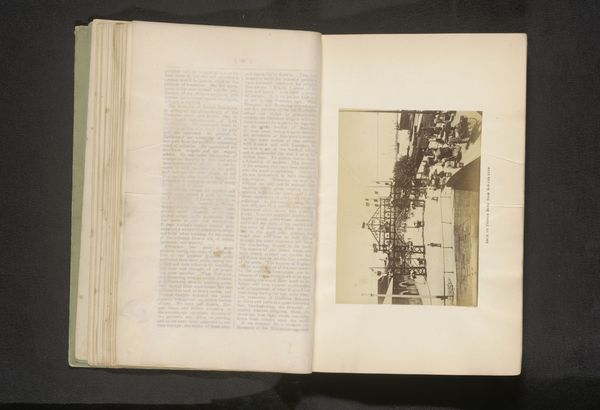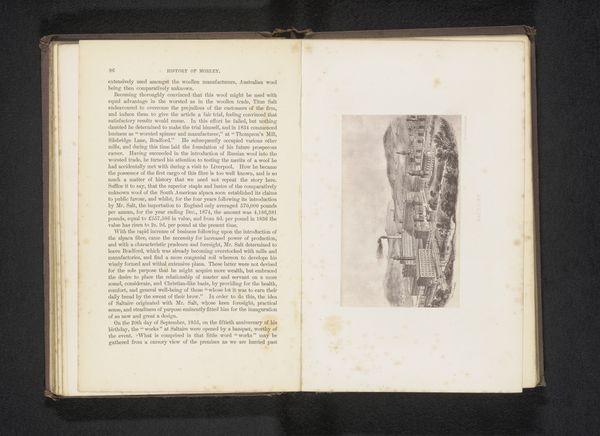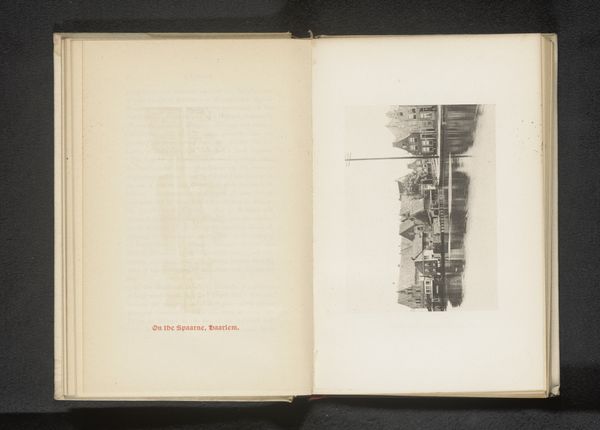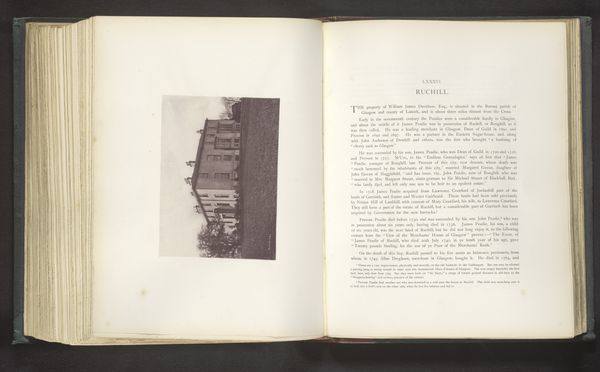
print, etching, paper, engraving, architecture
#
medieval
# print
#
etching
#
landscape
#
paper
#
engraving
#
architecture
Dimensions: height 128 mm, width 178 mm
Copyright: Rijks Museum: Open Domain
Editor: This is a reproduction of an etching, "Fotoreproductie van een prent van de kathedraal van Canterbury", made before 1892. The level of detail is amazing; it must have been a painstakingly slow process to create all those tiny lines. How would you interpret this piece? Curator: For me, the emphasis here is on the industrialization of image production. Think about it: etching and engraving allowed for the mass production of architectural imagery. This moves us away from the unique, hand-rendered drawings of earlier eras, impacting who has access to representations of such important structures. Do you see the implications for architectural labor and how buildings were perceived and disseminated at the time? Editor: So, it’s not just about the cathedral itself, but also about how the printmaking process democratized access to it… at least, visually? Curator: Precisely. Consider the materials used – paper, metal plates, ink. Each of these reflects economic and social realities, as does the skill required of the artisan who created this reproduction. Were they merely copying, or interpreting? And for whom was this book intended? The "historical memories" phrase on the opposite page gives a huge clue. Editor: It’s fascinating to think about the print less as a straightforward depiction and more as a product of its time. Curator: Indeed! We must ask: who owned the means of production, who labored, and who consumed these images of grandeur? Thinking about art in this way reveals so much more than just aesthetic preferences. Editor: That makes me think very differently about reproductive prints and how to consider them! Curator: And it is important to challenge these older ideas of art as some mystical practice. The conditions that facilitate artistic production shape the object as much as the maker’s own hand.
Comments
No comments
Be the first to comment and join the conversation on the ultimate creative platform.
